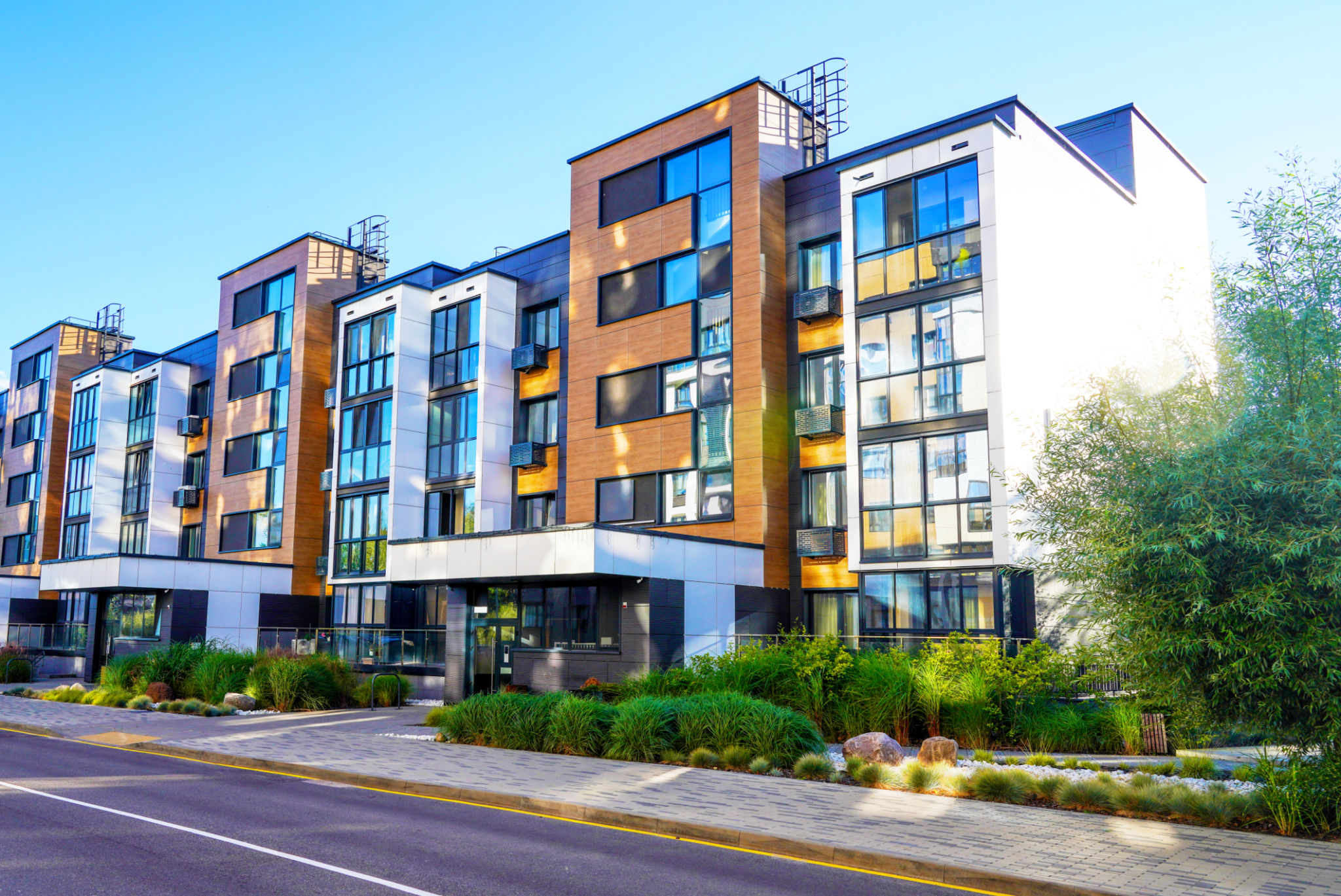Preparing Your High-Rise for Hurricane Season: Essential Building Assessments
Introduction to Hurricane Preparedness for High-Rises
As hurricane season approaches, high-rise buildings face unique challenges in ensuring the safety of residents and the structural integrity of the building. Preparing your high-rise for hurricane season involves a comprehensive assessment of various aspects of the building. This post will guide you through essential building assessments to help safeguard your property and its occupants.

Structural Integrity Assessment
The first step in preparing for a hurricane is to assess the structural integrity of your high-rise. A detailed inspection should be conducted by a qualified structural engineer who can identify potential vulnerabilities in the building’s design or materials. Key areas to evaluate include:
- Foundations and load-bearing walls
- Roof structure and attachments
- Window and door frames
Addressing any weaknesses now can prevent more significant damage during a hurricane.
Window and Door Evaluation
Windows and doors are critical points of vulnerability in high-rise buildings during a hurricane. Ensure that all windows are impact-resistant or have proper storm shutters. Doors should be checked for secure seals and reinforced frames. Consider upgrading to hurricane-rated windows and doors if your current installations do not meet safety standards.

Roof and Drainage System Check
Your building’s roof must be thoroughly inspected for loose tiles, shingles, or other potential hazards. It is crucial to ensure that roof drains are clear of debris to prevent water accumulation, which could lead to leaks or roof collapse. Regular maintenance of drainage systems can significantly reduce the risk of water damage during heavy rains.
Emergency Power Systems
Power outages are common during hurricanes, making it essential for high-rises to have reliable backup power systems. Inspect your generators and ensure they are in good working condition with adequate fuel supplies. Verify that all emergency lighting systems are operational and consider installing surge protectors to safeguard electrical equipment.

Communication Plans
Effective communication is vital in an emergency. Develop a comprehensive communication plan that includes:
- Contact information for all residents
- Designated communication leaders
- Procedures for disseminating important updates
Ensure that all residents are aware of evacuation routes and safety protocols.
Resident Preparedness and Training
Building management should conduct regular hurricane preparedness drills to familiarize residents with evacuation procedures. Provide educational resources on personal emergency kits and safety measures. Keeping residents informed and prepared can greatly enhance community resilience during a hurricane.

Conclusion: A Proactive Approach
Preparing your high-rise for hurricane season requires a proactive approach involving detailed assessments and ongoing maintenance. By addressing vulnerabilities, ensuring reliable power systems, and fostering effective communication, you can help protect both your building and its residents from the potential impacts of severe weather events.
